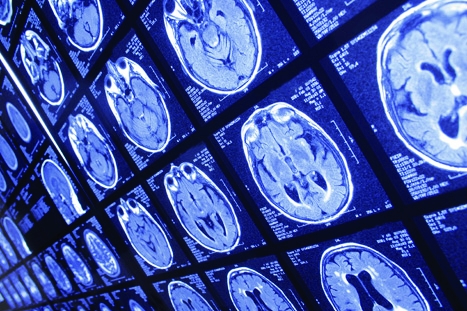Non-invasive brain stimulation shows potential to treat Parkinson’s
A multi-national team of researchers has developed a method of non-invasively stimulating regions deep within the brain, an advance that could improve the treatment of Parkinson’s disease.


The new technique, developed by MIT researchers, collaborating with investigators at Beth Israel Deaconess Medical Center (BIDMC), Boston, and the IT'IS Foundation in Switzerland, sees electrodes placed onto the scalp, which has the potential to make deep brain stimulation less risky, less expensive, and more accessible.
"Traditional deep brain stimulation requires opening the skull and implanting an electrode, which can have complications,” said Ed Boyden, an associate professor of biological engineering and brain and cognitive sciences at MIT, and the senior author of the study, which appears in Cell. “Secondly, only a small number of people can do this kind of neurosurgery. "
Deep brain stimulation is used also to treat some patients with obsessive compulsive disorder, epilepsy, and depression, and are exploring the possibility of using it to treat other conditions such as autism. The new, non-invasive approach could make it easier to adapt deep brain stimulation to treat additional disorders, the researchers said.
Register now to continue reading
Thanks for visiting The Engineer. You’ve now reached your monthly limit of news stories. Register for free to unlock unlimited access to all of our news coverage, as well as premium content including opinion, in-depth features and special reports.
Benefits of registering
-
In-depth insights and coverage of key emerging trends
-
Unrestricted access to special reports throughout the year
-
Daily technology news delivered straight to your inbox










Water Sector Talent Exodus Could Cripple The Sector
One possible reform to the Asset Management Plan (AMP) system would be to stagger the five year cycle across the ten or so water businesses, so that...